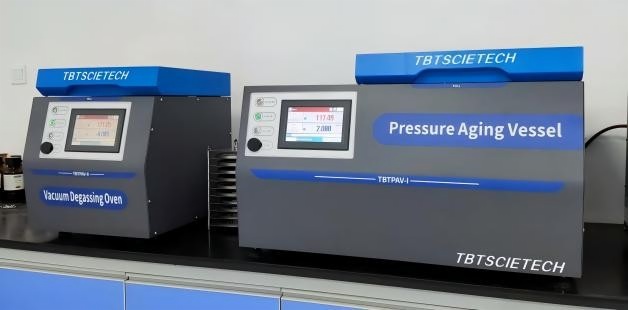- Home
- About TBT
- Products
- Material
- Cement
- Concrete
- Asphalt-bitumen
- Soil
- In-Situ Testing
- Tri-axial Test Apparatus
- Consolidation Testing Machine/Consolidometer
- Shear Testing Apparatus/Machine
- Compaction Test Machine/Compactor
- Permeation/Swell Testing Apparatus/Permeameter
- Density Testing Machine/Apparatus
- Soil Moisture Meter
- Atterberg limits / liquid plastic limit
- Other Equipment/Machine
- Geotextile & Geosynthetics
- Pavement
- Rock
- Aggregate
- Geological
- NDT
- Petroleum
- Ceramic
- General Lab
- PH Meter
- Conductivity Meter
- Biochemical Analyzer
- Centrifuge
- Furnace/Drying Oven
- Electric Balance
- Thermometer/Hygrometer
- Microscope
- Whiteness Tester/Color Meter
- Ball Mill
- Vacuum Pump
- Magnetic Stirrer
- Refractometer
- Indicator Paper
- Supersonic Cleaner
- Water Bath
- Spectrophotometer(UV/VIS/AAS)
- Viscometer
- Cuvette
- Environment Meter
- Other Equipments
- Color Meter / Gloss Meter
- Rubber-Plastic
- Surveying
- Paint
- News & Events
- Download
- Contact us
What ensures the accuracy of asphalt aging results from Pressure Aging Vessel?
Pressure Aging Vessel (PAV) is a laboratory instrument designed to simulate the long-term oxidative aging of asphalt binders under high temperature and pressure, reproducing the aging conditions that occur over many years of field service. Pressure Aging Vessel is used to evaluate the long-term durability of asphalt binders and simulate the oxidation and volatilization processes that occur in pavement. By replicating the in-situ aging process, Pressure Aging Vessel provides valuable data on pavements subjected to long-term environmental and traffic stresses.
To ensure accurate aging results for asphalt samples, the following points should be noted when using Pressure Aging Vessel:
1.Set reasonable aging specifications: Specifications like temperature, duration, and pressure must follow standards such as AASHTO and ASTM. Our instrument TBTPAV-II fully complies with AASHTO R28 and ASTM D6521. Pressure aging vessel tests conducted under these standards operate at 90°C~110°C for 20 hours under 2.1 MPa pressure.
2.Control specimen thickness: Consistent thickness is critical, because it directly affects the rate of aging—thinner binder membrane or asphalt mix specimens age faster. Specimens should be prepared at standard thickness to ensure uniform aging.
3.Calibrate equipment regularly: All aging equipment must be calibrated in accordance with the manufacturer's recommendations. Incorrect calibration can result in improper aging and lead to inaccurate predictions of long-term performance.
4.Record environmental data: It is best to consider the actual environmental conditions (such as temperature and weather) in which the asphalt will be used. Aging conditions can be adjusted to better simulate the higher oxidation rates in the field, depending on the environment in which it will be used.



 Contact person: Ms. Toni Gu
Contact person: Ms. Toni Gu  toni_gu@tbt-scietech.com sales@tbt-scietech.com
toni_gu@tbt-scietech.com sales@tbt-scietech.com 0086-25-8472 1577 / 8472 1579 / 8472 1907
0086-25-8472 1577 / 8472 1579 / 8472 1907 0086-25-8472 2235
0086-25-8472 2235 Room 234, Jiahui Building, No. 185 Zhujiang Road,
Room 234, Jiahui Building, No. 185 Zhujiang Road,

